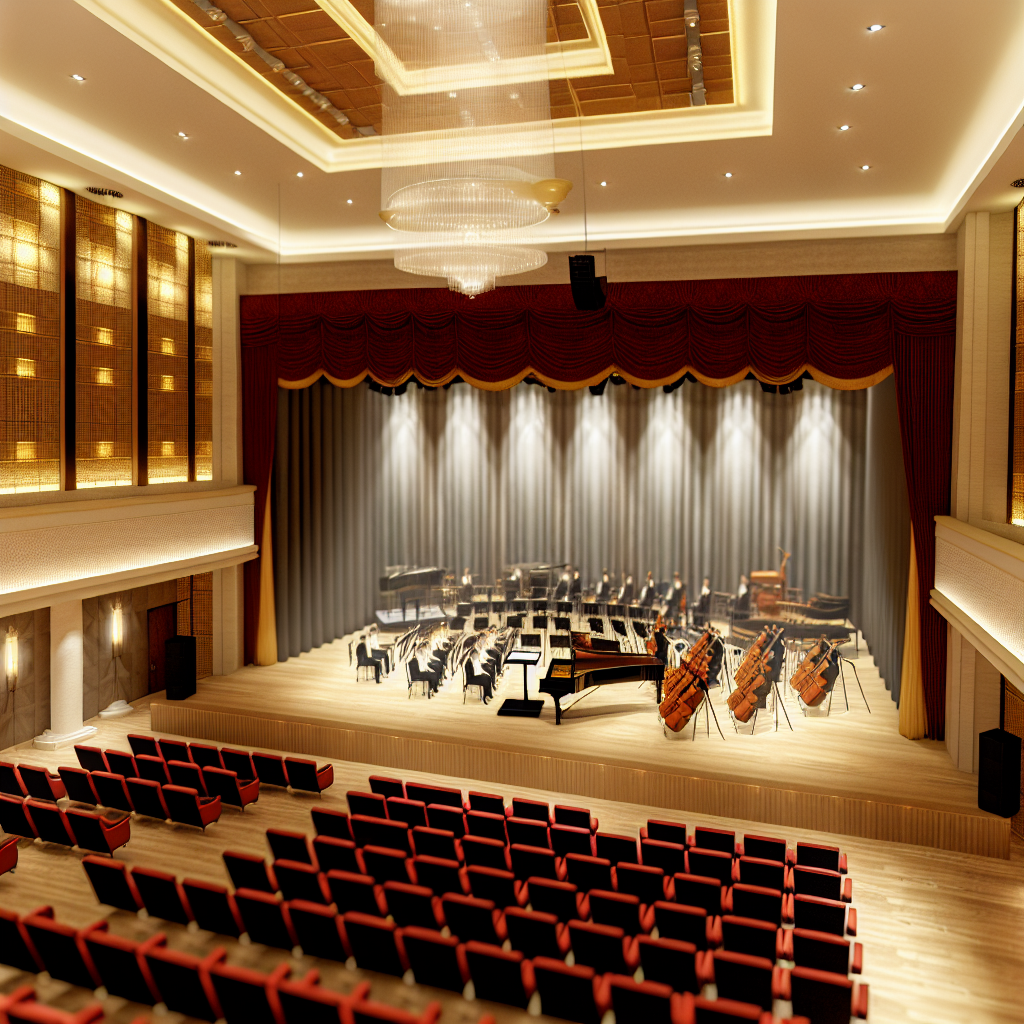Biophilic Billionaire Homes: Integrating Nature into Ultra-High-End Urban Properties
The Fusion of Nature and Opulence in Urban Luxury Living
In an era where affluence meets consciousness, a new frontier of ultra-luxury living is emerging—one where biophilia, the human affinity for nature, is not only embraced but celebrated.
Imagine stepping into a penthouse in New York, Singapore, or Dubai where waterfalls cascade down indoor living walls, century-old olive trees fill atriums, and private forests echo the sound of songbirds in the midst of a vertical metropolis. Welcome to the world of biophilic billionaire homes, where the luxury of wealth synchronizes with the serenity and health benefits of nature integration.
This groundbreaking design movement is redefining what it means to live lavishly. No longer is the ultimate luxury solely about expansive square footage, rare marbles, or museum-grade art. Today’s discerning high-net-worth individuals and ultra-high-net-worth individuals (UHNWIs) are investing in wellness-driven real estate, where design is informed by nature’s patterns, textures, and rhythms. Biophilic design goes beyond mere aesthetics; it is the profound application of natural elements to endure the stressors of hyper-urban life, while enhancing mental acuity, emotional well-being, and long-term vitality.
Nature Meets Neuroscience: The Wellness Science Behind Biophilic Design
Modern science strongly validates what ancient civilizations intuitively understood: nature heals. Biophilic design is rooted in psychology, neuroscience, and environmental science, offering clear advantages for physical and emotional well-being. Some of the world’s leading thinkers in neuroarchitecture and environmental health underscore the profound impact that exposure to natural elements can have on our biology and performance.
A study published in the Journal of Environmental Psychology found that environments imbued with natural elements such as wood, sunlight, and plants enhance creativity, lower stress levels, and trigger endorphin release. Specifically, researchers Biederman and Vessel found that natural scenes can activate the brain’s default mode network, thus encouraging higher-order thinking and psychological restoration. (Source)
Furthermore, the 2016 Human Spaces report, which surveyed over 7,600 office workers across 16 countries, revealed that workplaces designed with natural elements reported a 15% higher level of well-being, 6% higher productivity, and a 15% increase in creativity. (Source)
Medical research also supports biophilic living. According to Harvard’s School of Public Health, exposure to natural light synchronizes circadian rhythms, improving sleep quality while reducing cortisol levels—essential in maintaining a balanced hormonal system. A biophilic environment rich in clean air and plant life has been shown to reduce the incidence of respiratory ailments and cardiovascular stress. (Source)
Elite Architecture Embraces Ecological Elegance
Architectural powerhouses such as Foster + Partners, Zaha Hadid Architects, and BIG (Bjarke Ingels Group) are incorporating living rooftops, geothermal courtyards, and oxygen-positive walls into their luxury urban developments.
For instance, Stefano Boeri’s “Vertical Forest” in Milan epitomizes this rising ethos. The project, comprised of two residential towers hosting over 800 trees and 20,000 plants, proves that ecology can coexist with extravagance. (Source)
From an investment point of view, high-net-worth individuals see sustainable, biophilic planning as a resilient and appreciative asset. Properties with green infrastructure and wellness features are yielding stronger long-term gains and market differentiation. According to Knight Frank’s 2023 Wealth Report, eco-wellness architecture is increasingly a core purchasing factor for elite buyers seeking long-term value and generational stewardship. (Source)
From Status Symbol to Soulful Design: The Future of Billionaire Homes
Biophilic billionaire homes represent the pinnacle of what it means to live luxuriously—with intention. More than visual masterpieces, these spaces elevate the quality of life while honoring the natural world.
In a society increasingly shaped by climate urgency and personal wellness, integrating nature into highrise opulence is not just revolutionary—it’s necessary. The future of elite living lies not in greater extravagance, but in deeper, greener connection.
Summary:
Biophilic billionaire homes represent the fusion of luxury and nature, where high-net-worth individuals are investing in wellness-driven real estate that integrates natural elements to enhance mental, physical, and emotional well-being. This groundbreaking design trend is redefining what it means to live lavishly, with architectural powerhouses incorporating living rooftops, geothermal courtyards, and oxygen-positive walls into their luxury urban developments. As climate urgency and personal wellness shape the future of elite living, biophilic design is not just a status symbol, but a necessary step towards a more sustainable and harmonious way of life.

Dominic E. is a passionate filmmaker navigating the exciting intersection of art and science. By day, he delves into the complexities of the human body as a full-time medical writer, meticulously translating intricate medical concepts into accessible and engaging narratives. By night, he explores the boundless realm of cinematic storytelling, crafting narratives that evoke emotion and challenge perspectives. Film Student and Full-time Medical Writer for ContentVendor.com



